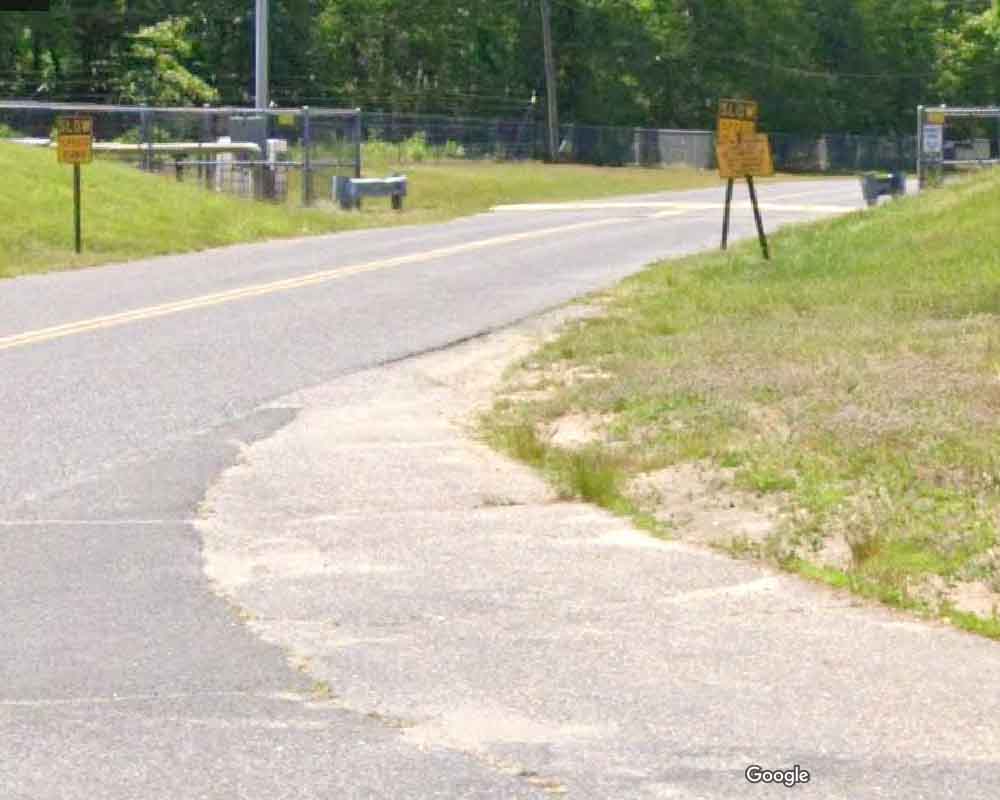TOMS RIVER, NJ- The New Jersey Department of Environmental Protection announced today that a park will be created at the former Ciba-Geigy Superfund site, which in the 1980s and 1990s was blamed for a deadly cancer cluster among children.
In 1952, the former Ciba-Geigy chemical plant began producing industrial dyes, pigments, resins, and plastics. A significant amount of soil and groundwater contamination was reported at this site in 1983, leading to its designation as an EPA-lead Superfund site. In 1990, the plant ceased to operate.
New Jersey Commissioner of Environmental Protection Shawn M. LaTourette today announced a proposal to restore natural resources damaged by decades of industrial pollution and illegal dumping at the Ciba-Geigy Superfund Site in Toms River through a negotiated settlement with BASF Corporation, which inherited responsibility for the site through corporate acquisition.
“The proposed settlement is the largest single-site preservation agreement achieved through the Department of Environmental Protection’s Natural Resource Damages program. Under the proposal, approximately 1,000 acres would be permanently preserved for the benefit of the public, with hundreds of acres to be restored through a variety of ecological improvement projects,” the NJ DEP said. “When complete, the site will feature public access, passive recreation, and natural resource interpretative and educational opportunities. The ecological restoration would include the creation of a freshwater wetlands complex, restoration of riparian areas, flood plain and wetland enhancements, creation of upland grasslands and pollinator habitat, public access trails and boardwalks for wildlife viewing and passive recreation.”
Along with walking trails, running trails, and hiking trails, the site will also feature an environmental education center. It is anticipated that ground will be broken in 2023.
“Every natural resource of our state belongs directly to the people of New Jersey, and as the trustee of their natural resources, it is our job to make sure that when pollution damages our environment, the people are paid back for the harm to their natural resources,” said Commissioner LaTourette. “A true turnaround story, this settlement would transform one of New Jersey’s most notorious polluted sites into one of our biggest environmental success stories—one that delivers the natural resource quality that every community deserves, shoulder-to-shoulder with a good corporate citizen determined to repair the environmental damage of our shared industrial past. My sincere thanks to BASF and every partner that contributed to this success for the people of New Jersey.”
In addition to the 1,000 acres to be preserved, approximately 790 acres will be maintained as open space and will include projects for ecological enhancement, habitat enhancement, and public access. As part of the restoration program, hiking trails, birdwatching platforms and blinds, as well as an educational center will be constructed within the space for the enjoyment of the public. There will be 210 acres set aside for pollinator habitat and the production of solar energy.
“Having spent my childhood on the other side of the fence from this polluted site, I know what this settlement will mean to the families and children of those neighborhoods,” said Deputy Commissioner of Environmental Protection Sean D. Moriarty, who oversees the DEP team that developed this settlement. “I am proud to have played a small part in transforming a previously forbidden place into somewhere the community can truly connect with nature and appreciate its immense value to health and wellbeing.”
“The Ciba Geigy historic settlement is great news for open space and preservation in Toms River,” said Taylor McFarland, Conservation Manager for the Sierra Club, New Jersey Chapter. “More importantly, it is a step in the right direction for the people who have been suffering from the contamination of The Ciba-Geigy Superfund Site for decades. This site has been on the Superfund List since the 1980s and it is still one of the most contaminated sites in the state if not the country. We strongly support holding polluters accountable and we applaud NJDEP for moving forward with this historic 1,000-acre restoration project.”
A natural resource damage refers to the loss of value of, injury to, or destruction of a natural resource. The DEP attempts to restore damaged natural resources as close as possible to the site of the original damage through environmental improvement projects. In the case of the Ciba-Geigy Superfund Site, natural resources will be restored and preserved on site, thereby enhancing the quality of life for the residents and visitors of the affected communities.
“New Jersey Audubon enthusiastically supports this use of Natural Resources Damages to create forests and parks in Toms River,” said Alex Ireland, President and CEO of New Jersey Audubon. “Conversion of sites like this into safe, publicly accessible forests and parks should be the model for other similar sites throughout the state, and especially in our urban areas. NJDEP and BASF have worked together to clean up and restore a contaminated area for residents to enjoy. This project is particularly significant in that the funding is going directly back to the community that experienced the damages from contamination. New Jersey Audubon is glad to see that habitat for wildlife and birds will be protected and enjoyed by so many in upcoming years.”
